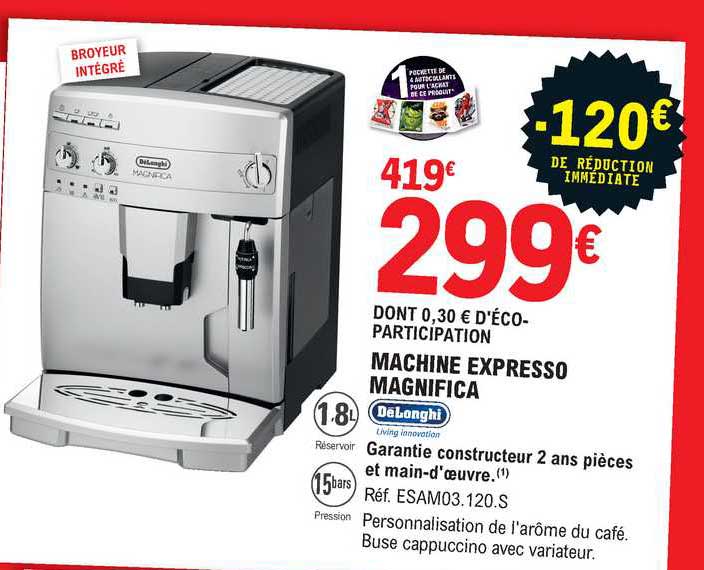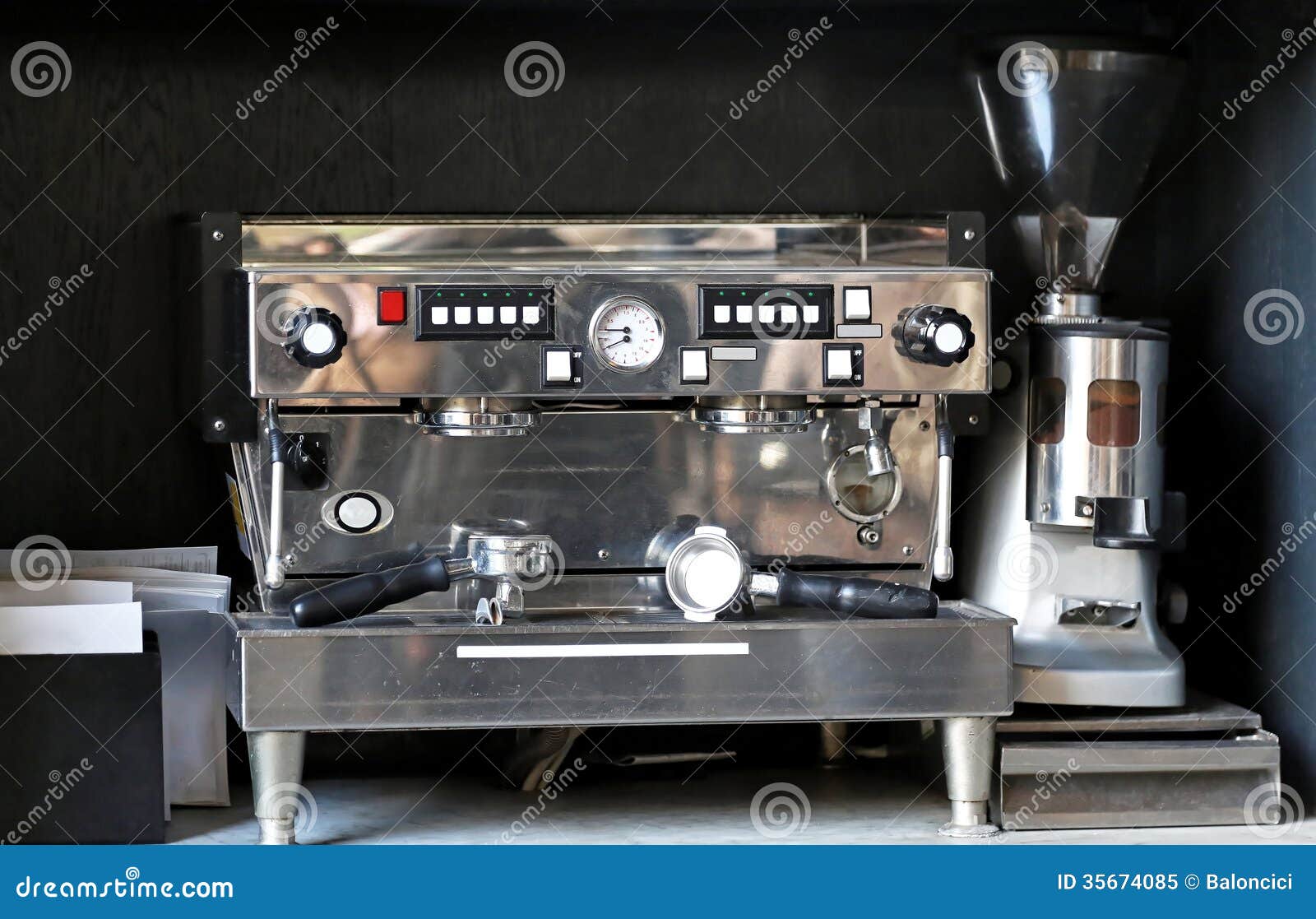
The Faema E61 Legend Italian coffee culture todayġ940’s Italian coffee culture exists to this day, despite globalisation.įor years, unwashed Brazilian naturals dominated the roasting scene. It led to an explosive growth in espresso bars and cafés. This converted the cafe into a social space where customer and barista could chat. It was the first semi-automatic machine that let users manage its extraction parameters and had a horizontal instead of a vertical boiler. The Faema E61 is the father of modern espresso. In 1961, he released the world-renowned Faema E61. Valente decided to produce cheaper machines. Gaggia saw it as a luxury meant for fancy establishments. However, Gaggia and Valente disagreed on who to market it to.

It exerted more pressure over the puck, extracting more oils and colloids and producing Crema, an essential part of the modern espresso.īy 1948, Faema head Ernesto Valente bought Gaggia’s invention. In 1947, Gaggia invented the hand-pumped machine. Despite this, big names like Francisco Illy and Achille Gaggia adopted and improved the Ideale. In the ‘30s and ‘40s, scarcity and import issues decreased Italian coffee consumption. The word barista replaced barman, further entwining the espresso with Italian identity.īar Termini, Soho. However, Mussolini’s success and Fascism drove a campaign to “Italianise” words. Before that time, the term “barman” was used. As the brew’s strength grew, more workers frequented them in search of a caffeine hit. Nineteenth-century coffee houses were tranquil places but by 1935, they started attracting workers. In one Italian dictionary, it’s defined as drink “made using a pressurised machine or a filter, now commonplace.” The Faema E61 Legend Early espresso cultureĪs Italy produced more machines, the term “espresso” entered the Italian lexicon. It extracted shots in 45 seconds, creating a drink resembling filter coffee more closely than an espresso. Its groupheads reached temps of up to 140☌, at a lower bar of pressure than today’s 9-bar machines. The Ideale bears little relation to modern machines. The first commercial espresso machine by La Pavoni. Milanese inventor Luigi Bezzara was first to register a patent for a machine with groupheads and portafilters This was the first time customers had coffee expressly prepared for them.īy 1905, Desidero Pavoni purchased this parent and produced the first commercial espresso machine: the Ideale.

Translated literally, “espresso” means express. It was originally conceived as something that could be quickly prepared.

Spanish Version: La Historia del Espresso Italiano: ❼uanto Conoces la Historia de tu Café? The espresso machine: a coffee groundbreakerĪround 1901, the Europe’s Industrial Revolution led to the first espresso’s invention. To understand why, we must examine the espresso’s invention – and how it shaped Italian culture and identity. Even specialty and big chain cafés have failed to gain a foothold. In addition to giving us the espresso, Italy also paved the way for coffee’s second and third wave.ĭespite this, Italian coffee differs from the rest of the world. It’s the purest form of the drink and is key to understanding Italian coffee culture. Espressos are the base of every non-filter coffee.


 0 kommentar(er)
0 kommentar(er)
